-
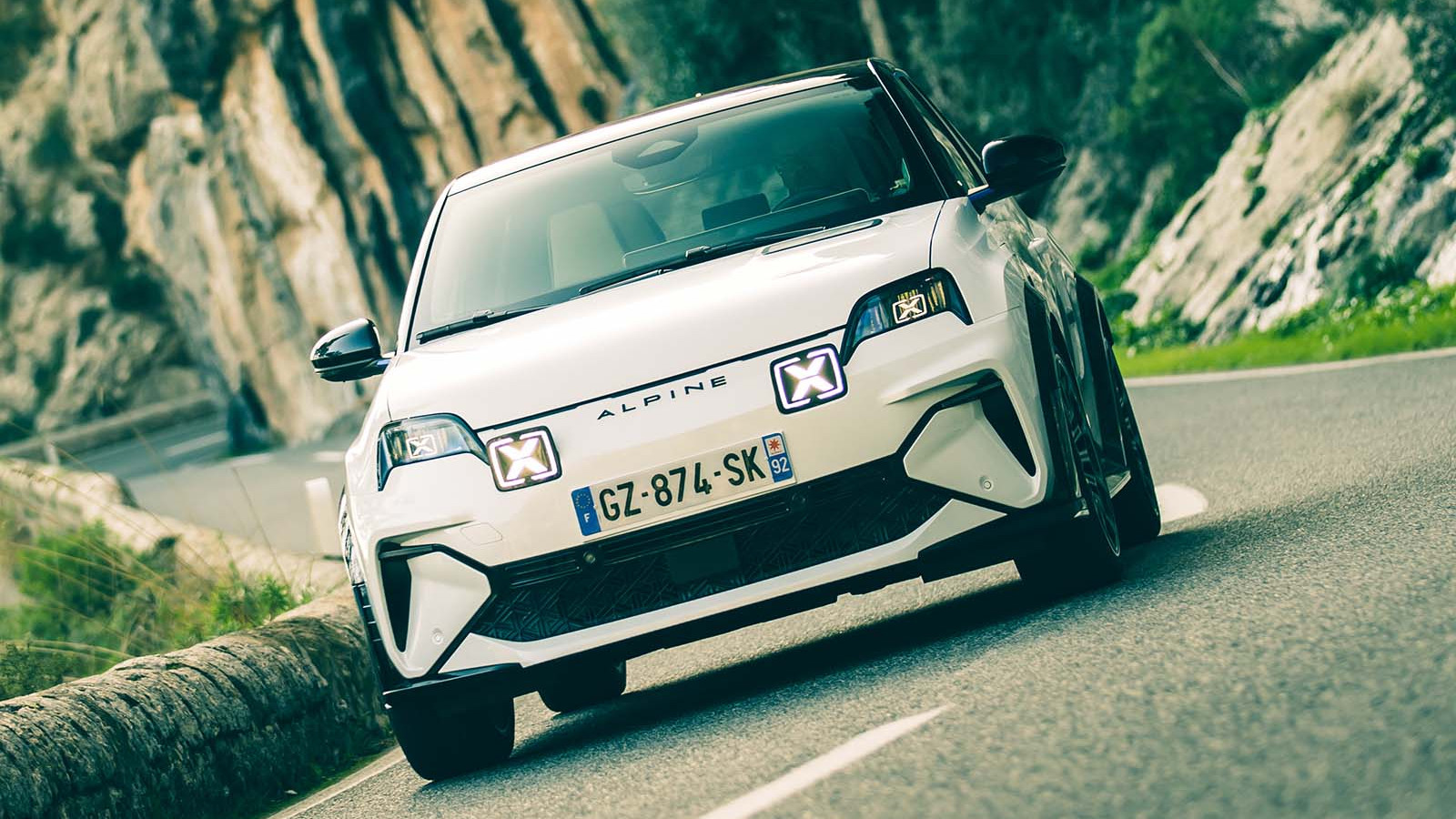 © Haymarket Media
© Haymarket Media -
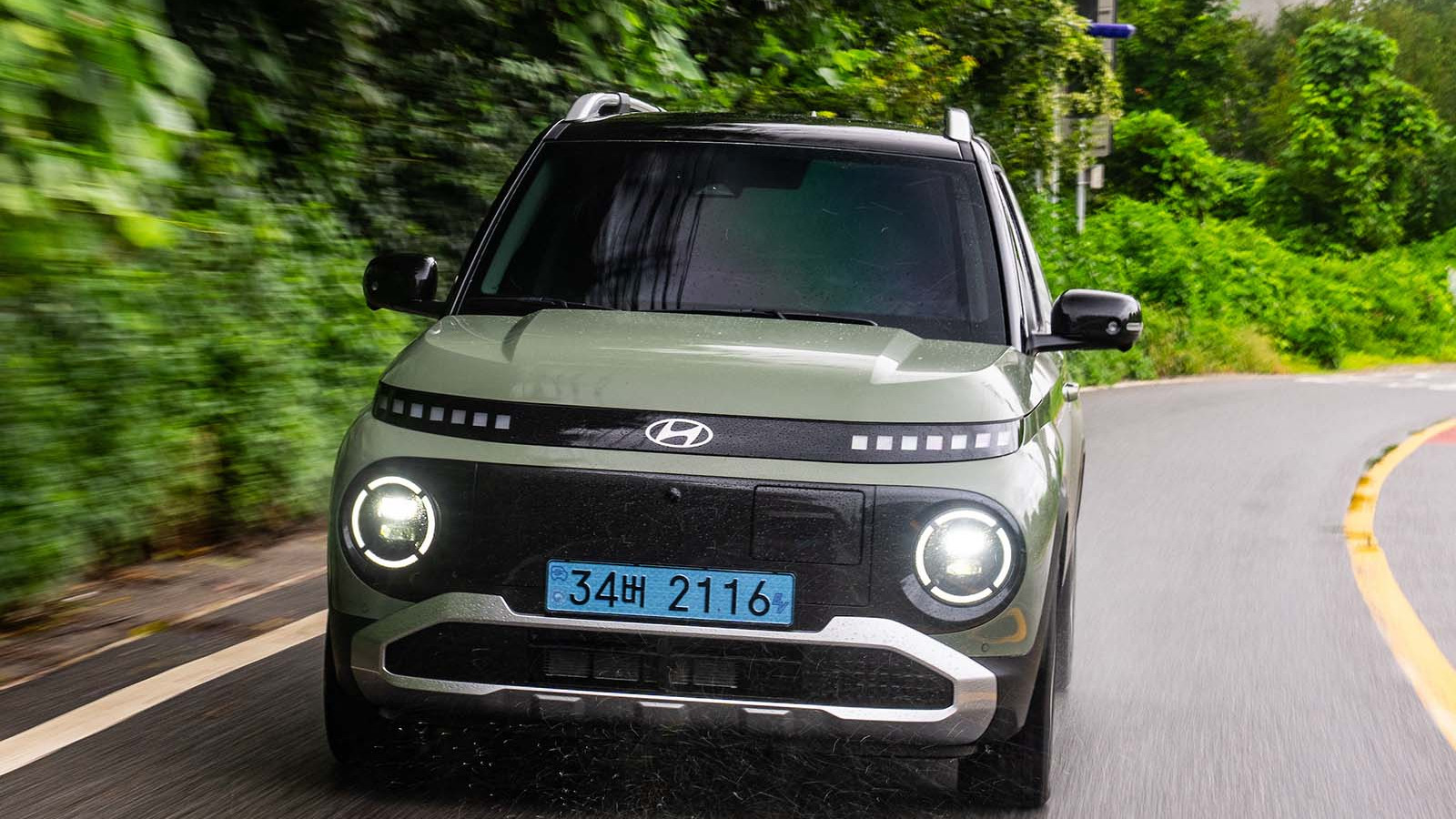 © Haymarket Media
© Haymarket Media -
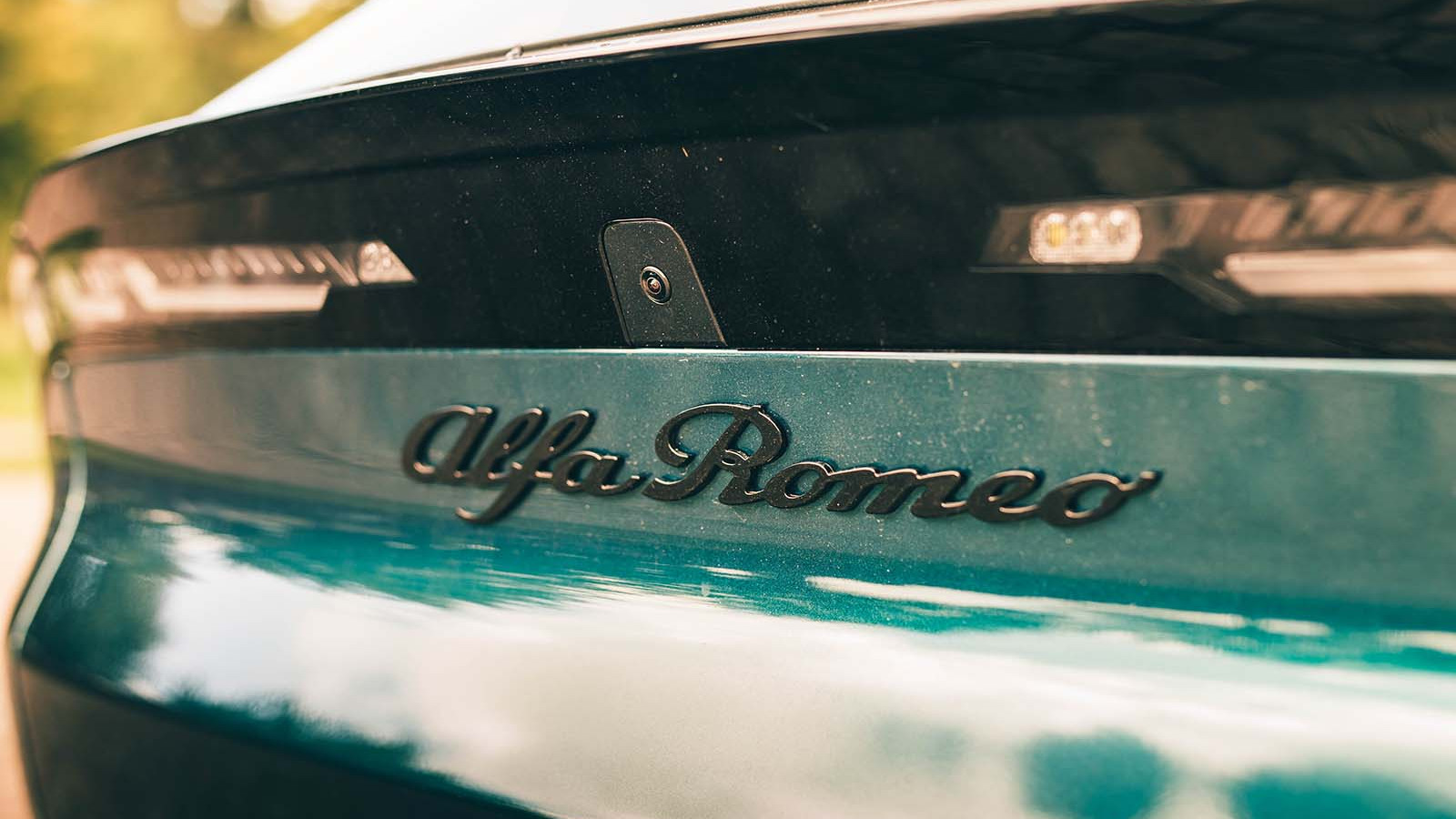 © Haymarket Media
© Haymarket Media -
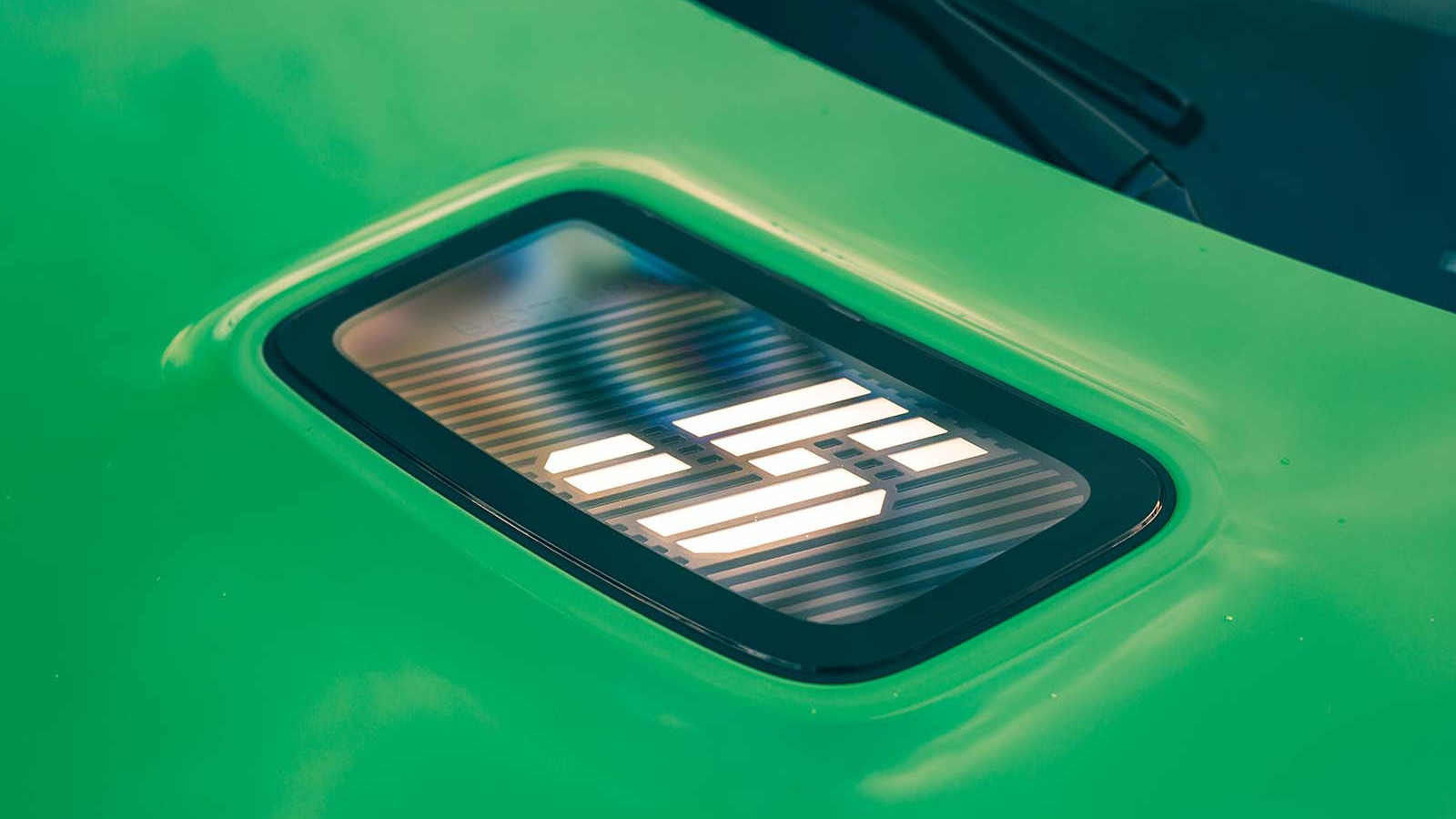 © Haymarket Media
© Haymarket Media -
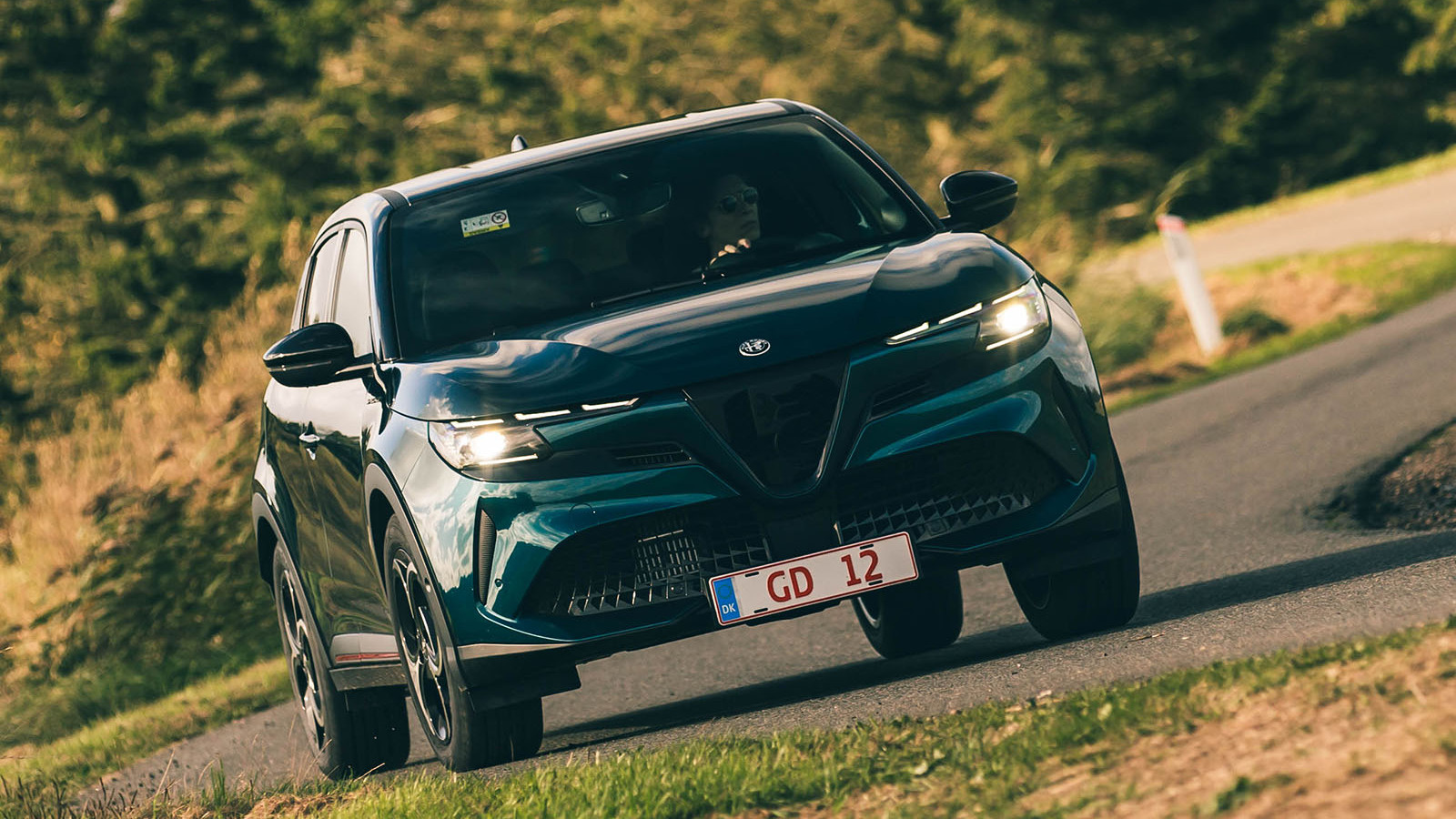 © Haymarket Media
© Haymarket Media -
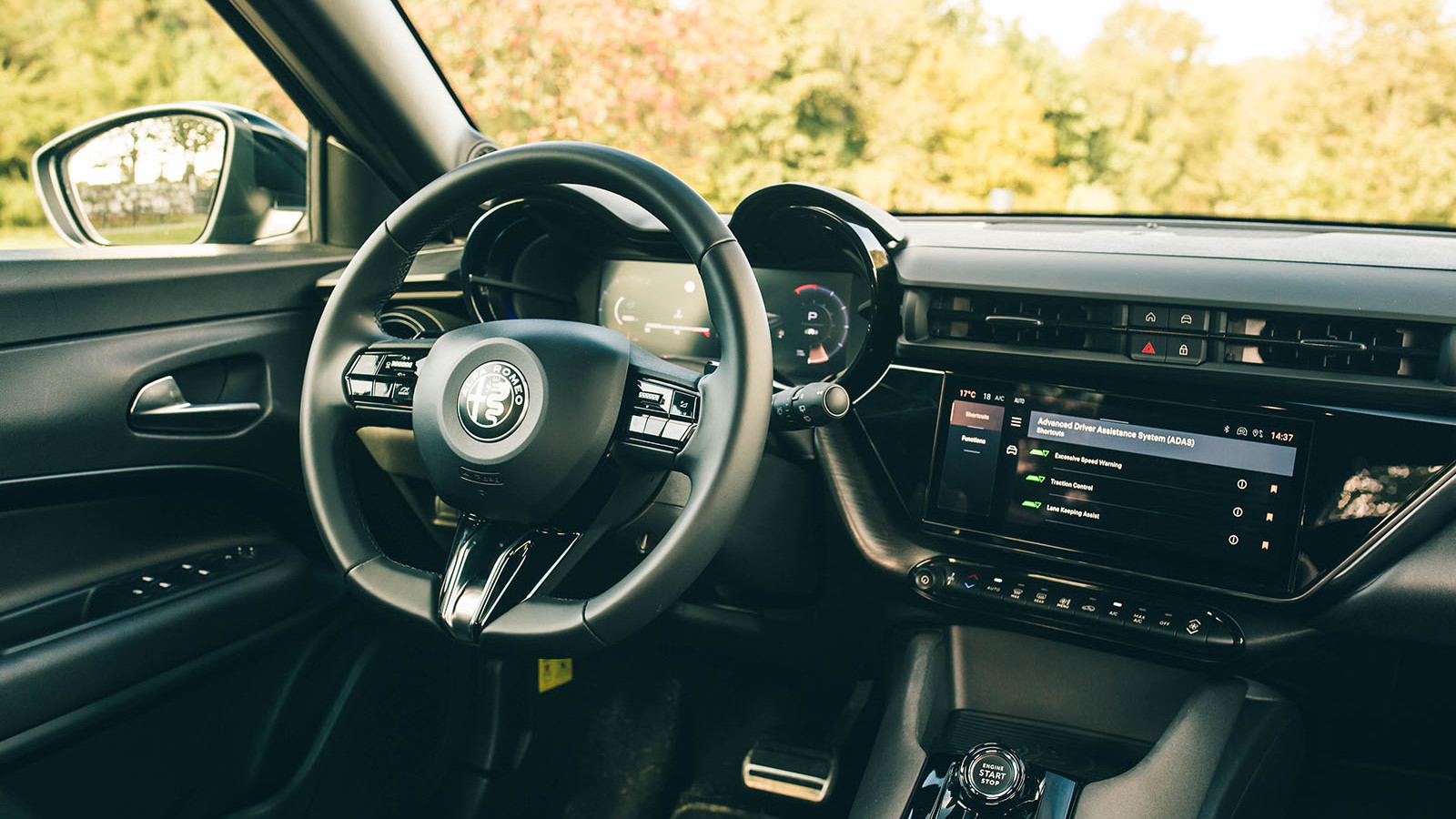 © Haymarket Media
© Haymarket Media -
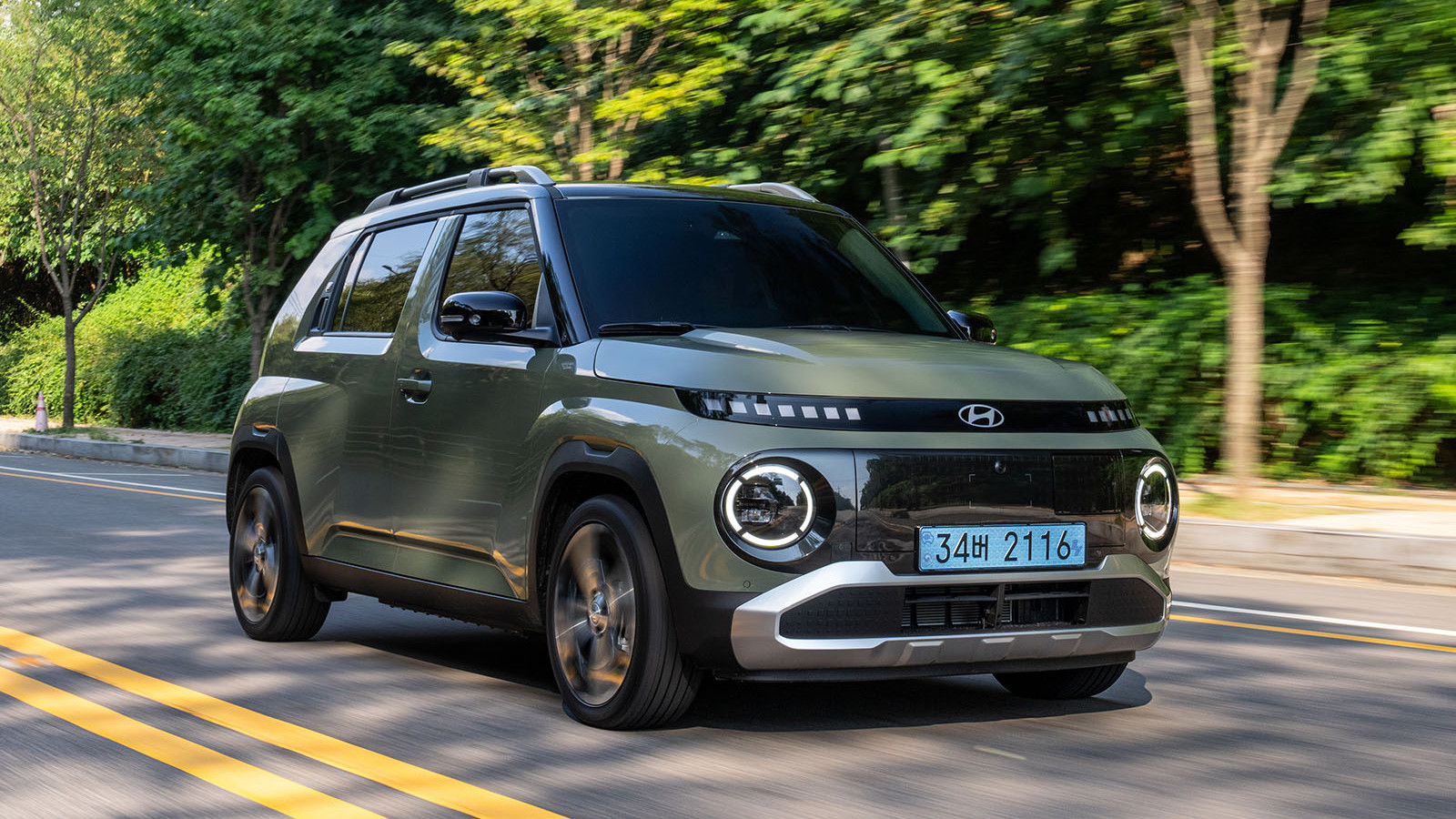 © Haymarket Media
© Haymarket Media -
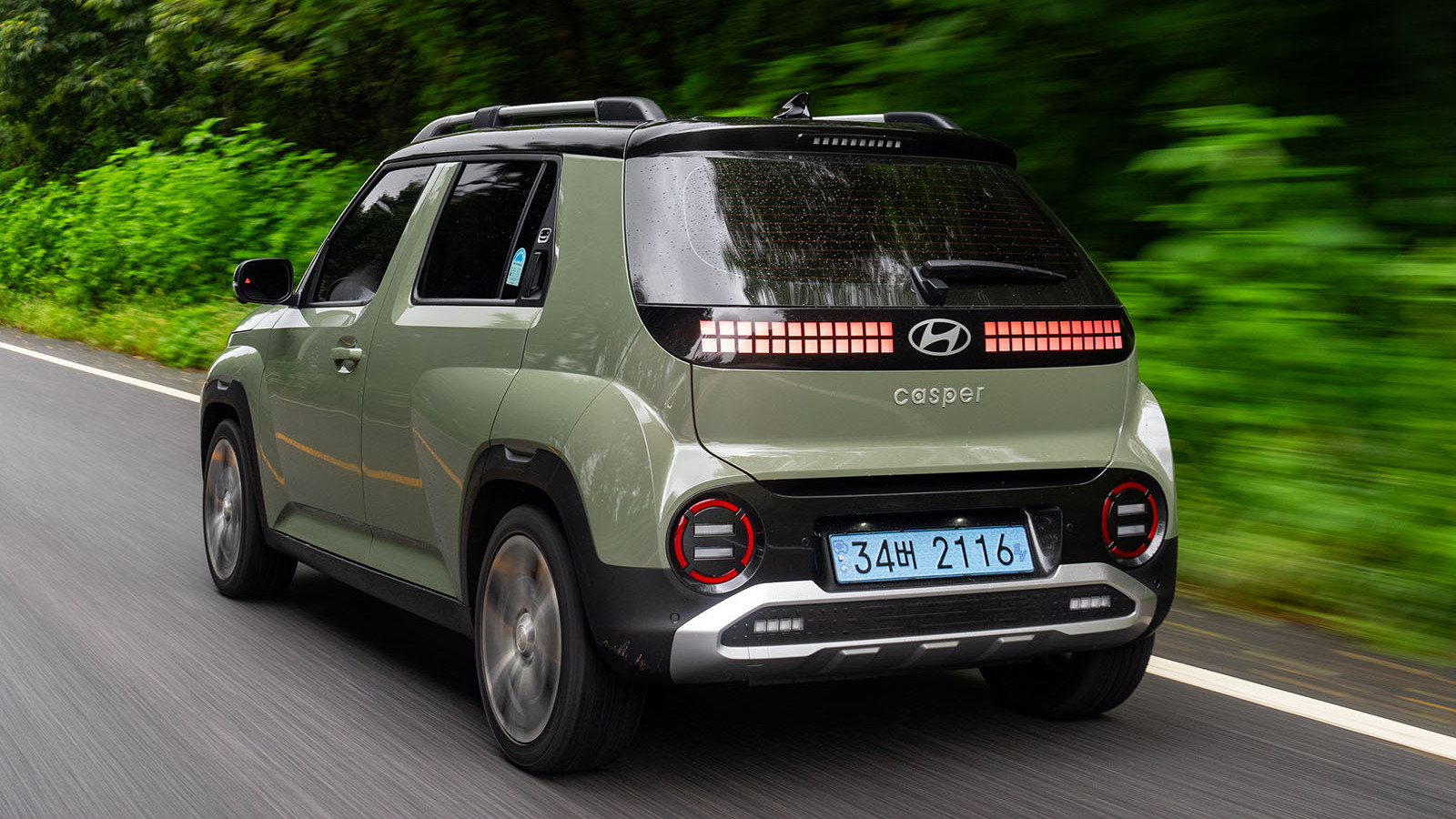 © Haymarket Media
© Haymarket Media -
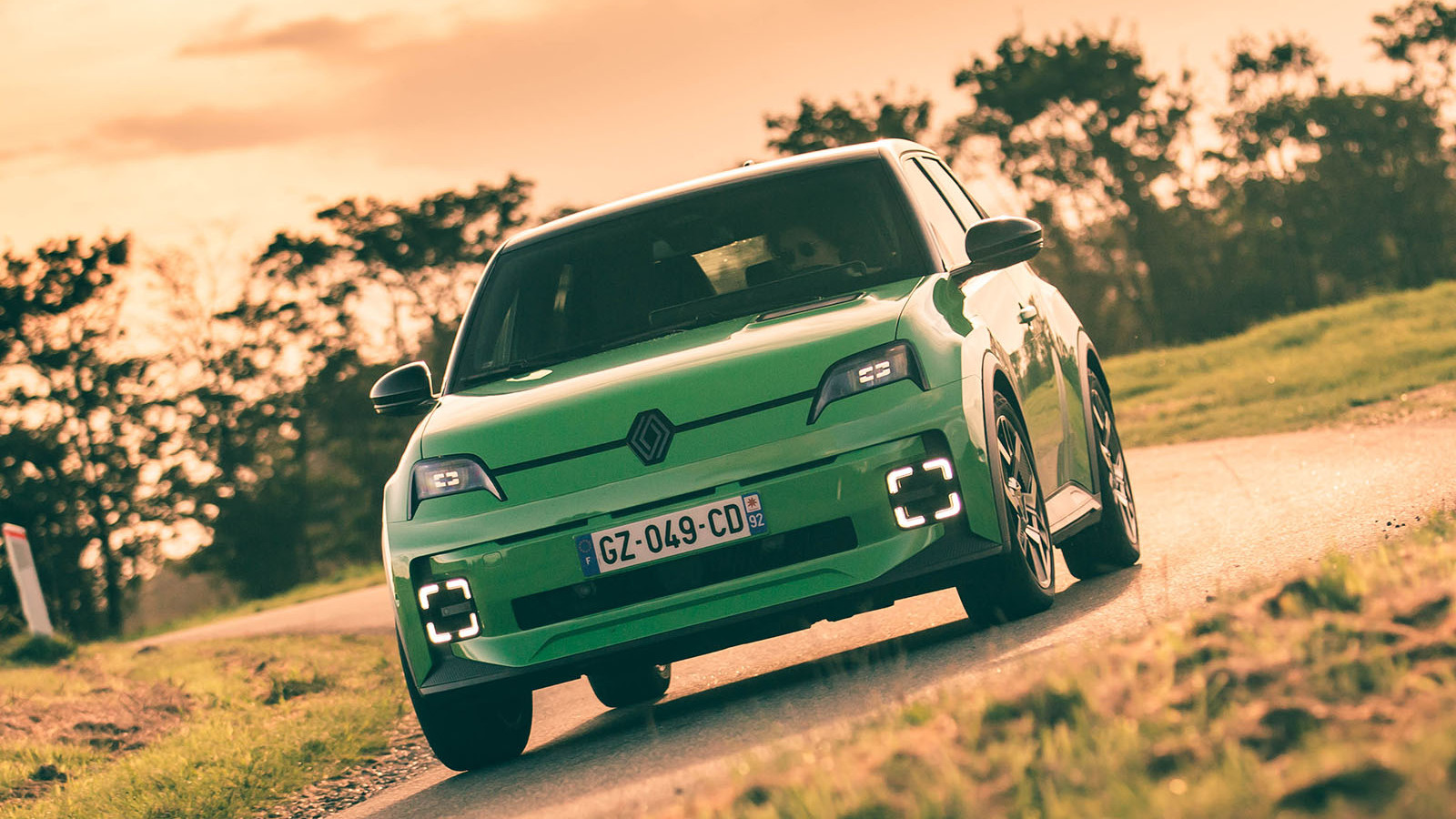 © Haymarket Media
© Haymarket Media -
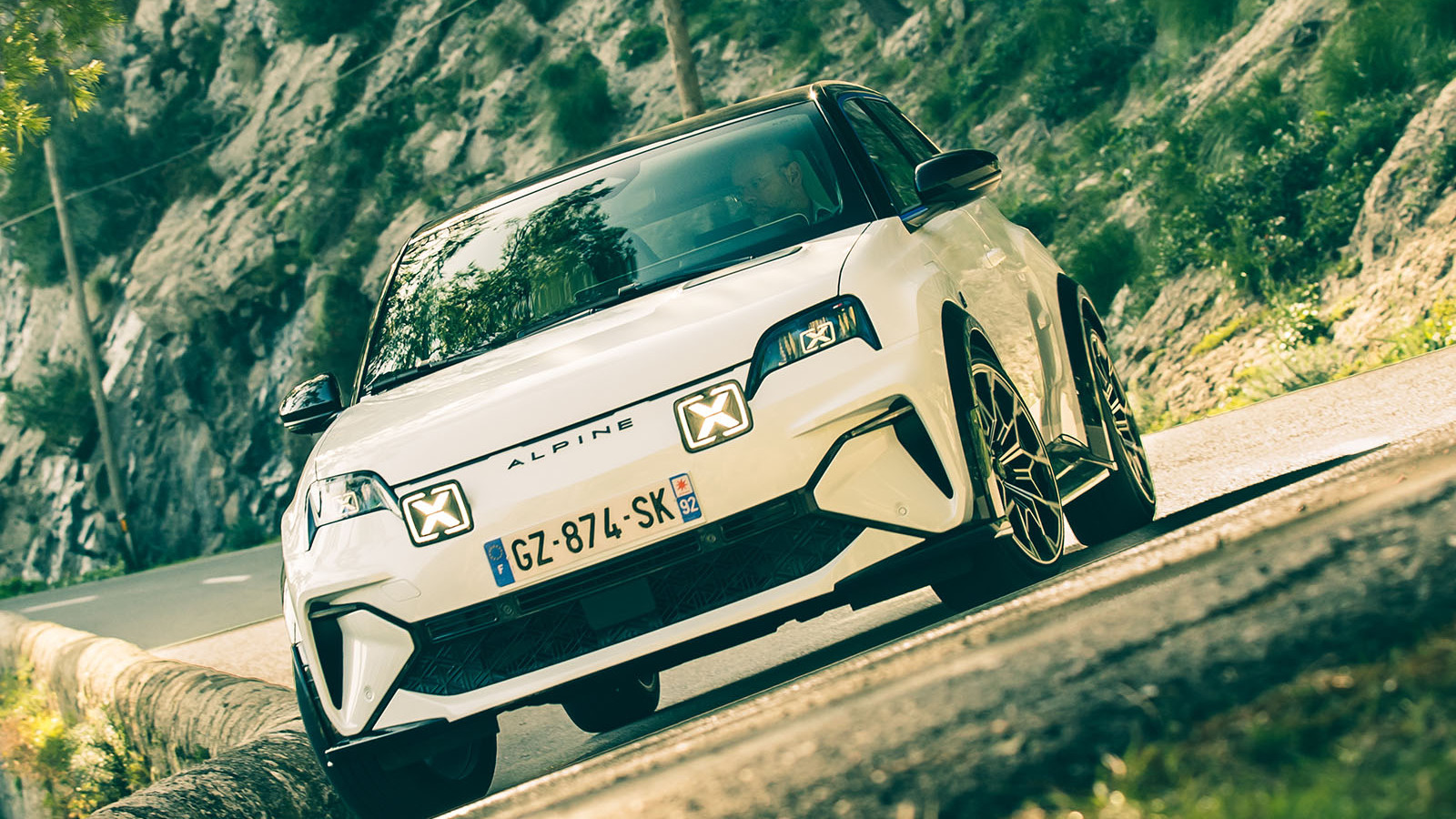 © Haymarket Media
© Haymarket Media -
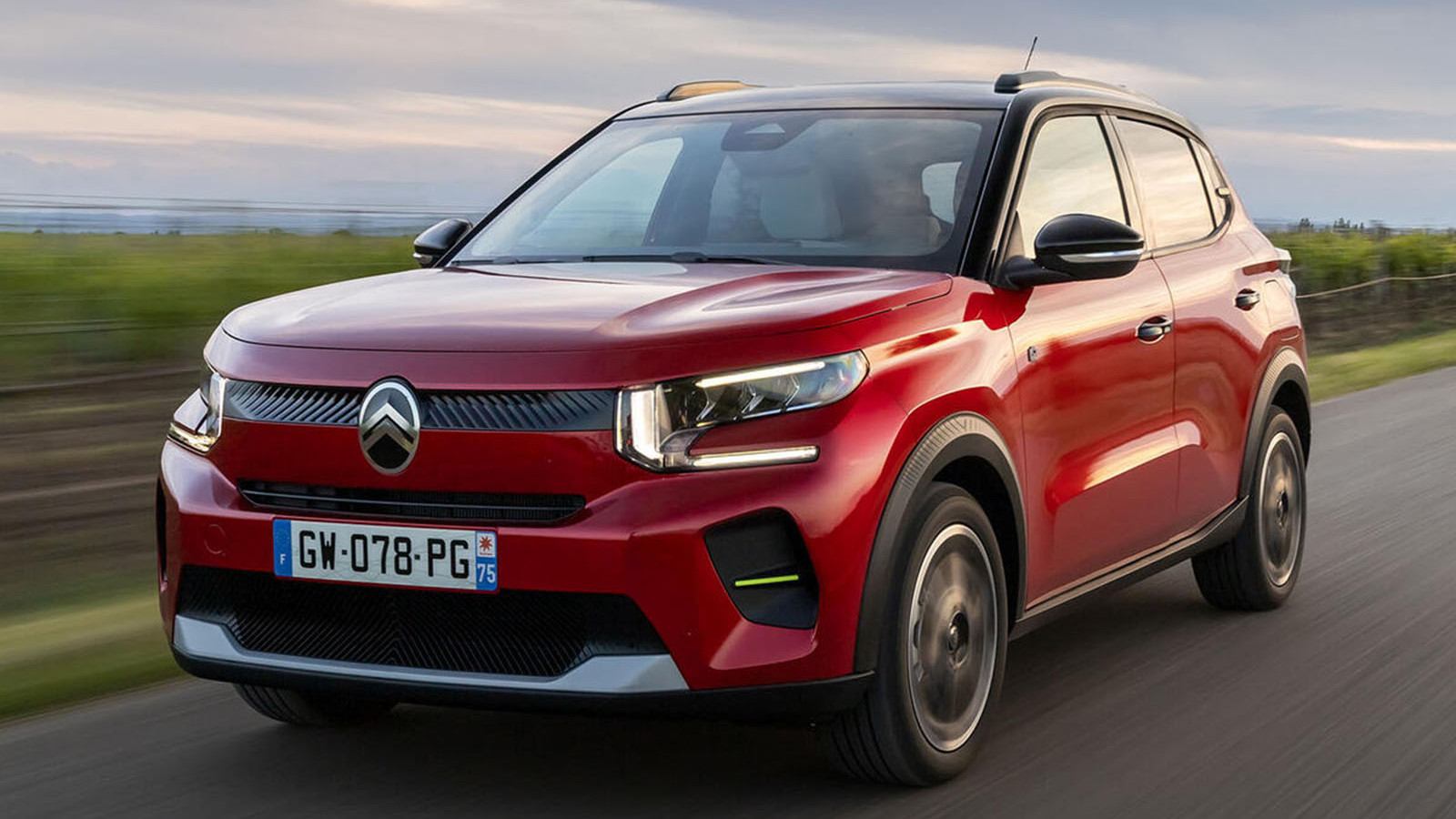 © Haymarket Media
© Haymarket Media -
 © Haymarket Media
© Haymarket Media -
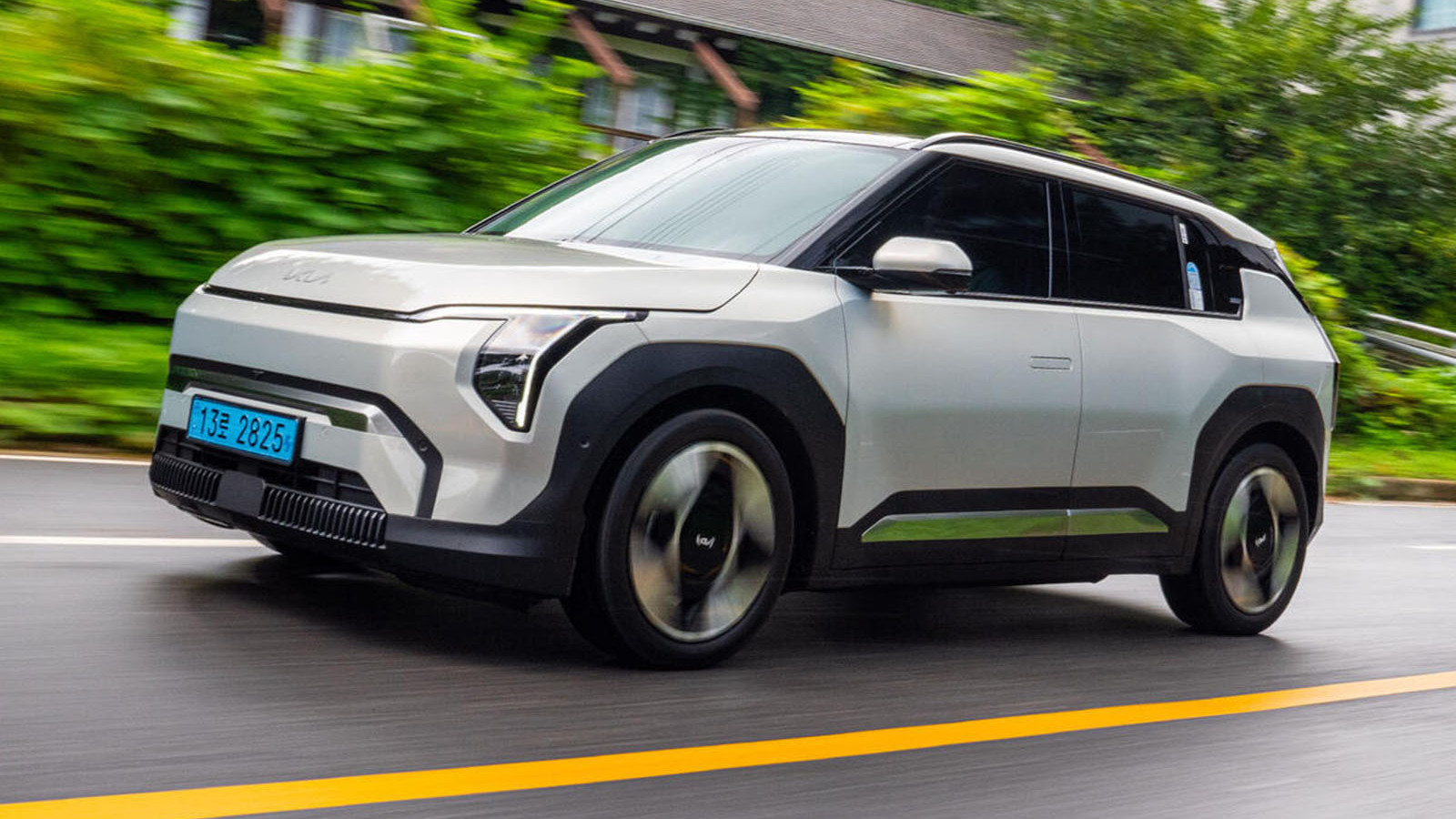 © Haymarket Media
© Haymarket Media -
 © Haymarket Media
© Haymarket Media
-
Big news for the automotive industry as the finalists for the 2025 Car of the Year (CotY) have been shortlisted.
Sixty jurors from 23 countries selected seven cars each from a longlist of 42 eligible candidate cars launched in 2024, and the seven cars with the most votes have made up the shortlist. The winner will be announced at the Brussels motor show on 10 January.
-
Even bigger news is that the list is dominated by small electric cars. From the Alfa Romeo Junior to the Citroen e-C3, each of these EVs has proven themselves capable enough of winning the most prestigious award in the world of motoring.
To qualify for CotY, cars must be all-new. Facelifts are not permitted, nor are derivatives allowed.
-
CotY statutes dictate that: "The main criteria on which a car should be judged are the following: general design, comfort, safety, economy, handling and general roadworthiness, performance, functionality, general environmental requirements, driver satisfaction and price. Technical innovation and value for money are major factors."
-
Now that we've got all of that context out of the way, then, let's take a look at every electric car that made it to the CotY final.
-
Alfa Romeo Junior
While the Junior is also offered as a petrol hybrid, you can have it as an EV. The Junior Elettrica is the Italian brand's first electric car, and will pack a 54kWh battery which is good for a range of 250 miles.
All Junior EVs get a heat pump and an 11kW on-board AC charger. They also get a 400-litre boot and a cable storage bay at the front, supposedly inspired by the front storage areas in Alfa's old rear-engined supercars.
-
Alfa Romeo Junior
Inside, you get a 10.25in infotainment screen - mounted in a retro-style 'telescopic' binnacle – is fitted with Android Auto and Apple CarPlay compatibility.
If you go for the sport Veloce edition, you get electrically adjustable Sabelt sports seats upholstered in black and red suede, sat-nav, adaptive cruise control and a rear-view camera.
-
Hyundai Inster
Tiny on the outside but big on the inside, the Inster will go head-to-head with cars like the Renault 5, Dacia Spring and Citroen e-C3. Based on the Korean-market Hyundai Casper, the Inster is Hyundai's attempt to capture the mainstream electric car market, undercutting much of the competition at a low price.
-
Hyundai Inster
The Inster will be offered with two mechanical configurations at launch. Entry-level cars get a 96bhp front-mounted motor that delivers a 0-62mph sprint time of 11.7sec and a top speed of 87mph. It’s paired with a 42kWh battery pack, which is claimed to deliver a range of 186 miles between charges. The flagship ‘long range’ Inster is boosted to 113bhp and 49kWh, taking its range to 217 miles and its top speed to 93mph, while reducing its 0-62mph time to 10.6sec.
-
Renault 5/Alpine A290
The new Renault 5 has been jointly nominated with its sportier derivative - the Alpine A290 - in the tussle to win car of the year.
The 5 sits at the centre of the 'Renaulution' plan to lift the French brand's desirability levels among customers sits the new 5 supermini.
With a design based heavily on the original car that was introduced in 1972, Renault wants the new one to evoke some kind of nostalgic spirit among new and returning customers.
-
Renault 5/Alpine A290
The Alpine, meanwhile, laughs in the face of the status quo with its rally-style daytime running lights, striking 19in alloys, F1-inspired steering wheel and side air vents.
Under the skin, it is almost identical to the 5 on which it is based, but it is one of few electric cars on the market that talks to the enthusiast. Both the 5 and the A290 use the same 52kWh battery pack, which is good for an electric range of 226 miles and a claimed energy efficiency of 3.76mpkWh. In the real world, we reckon you would see 180 miles in daily driving.
-
Citroen e-C3
Said to be the most affordable "proper" electric car on the market, the new e-C3 sits on a new, cost-effective platform and battery technology to bring prices down for customers.
The lithium-ion phosphate battery chemistry is cheaper to produce, lasts longer and completely omits cobalt. And while these cells are not as energy-dense as nickel manganese cobalt, the e-C3 should still offer a competitive electric range.
-
Citroen e-C3
All ë-C3s are offered with a 44kW battery at launch, with a range of 199 miles (WLTP). An even cheaper version with a smaller battery will join the line-up in 2025, although Citroën has yet to confirm where this variant will be offered.
Power comes from a single electric motor, pushing 111bhp through the front wheel. It allows the ë-C3 to hit 0-62mph in around 11.0sec, with a top speed of 84mph.
-
Kia EV3
First shown in concept form in 2023, the third model in the Korean firm’s range of bespoke electric cars takes clear styling and technology cues from the large EV9.
It is targeted at mainstream buyers and the likes of the Volvo EX30, Cupra Born and Renault Mégane E-Tech are claimed to be rivals. The EV3 will be a key part of Kia’s efforts to further grow its global EV sales, but with a particular focus on the European market. The firm is aiming to sell around 200,000 vehicles per year, with around nearly half of those in Europe.
-
Kia EV3
The interior is designed to offer a ‘living space’ feel. The dashboard features large digital displays comprising two 12.3in touchscreens and a 5.0in display, complemented by a head-up display. Buttons have been retained for essential controls, while the operating system features AI-enhanced voice control.
